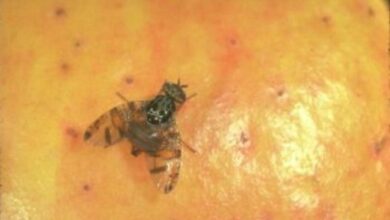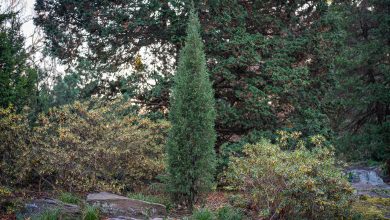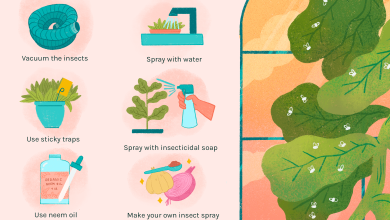Abelia Floribunda: [Cultivation, Substrate, Care, Irrigation and Characteristics]
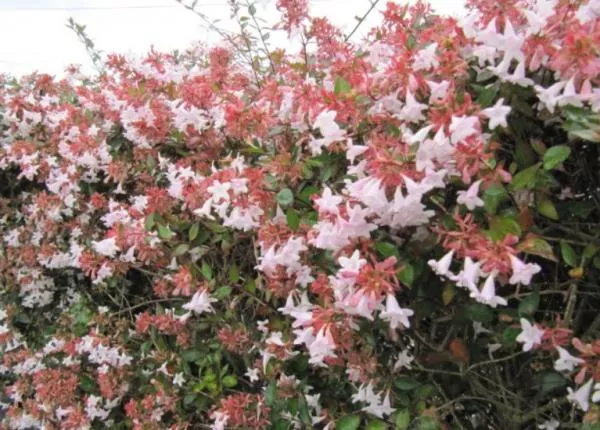
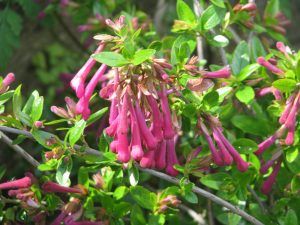 The abelia floribunda is one of those garden species that are ideal for beautifying the place.
The abelia floribunda is one of those garden species that are ideal for beautifying the place.
It has dark green leaves, its flowers are pink in a tubular shape and in terms of size, it is capable of reaching up to three meters in height.
Like many species, we will see its maximum splendor between late spring and mid-autumn.
And yes, it does not need so much care, although for it to be perfect it is better to be well informed of everything that favors it and that is what we will tell you about at Sembrar100.
Can you come with us?
Important points when sowing Abelia Floribunda
- When? In spring.
- Where? In full sunlight, protected from the winds.
- How do we prepare the land? Adapting to an acidic pH and with good drainage.
- How should we water? With rain water or rested for one night.
- How often do you have to water? 3 times a week in summer and once a week in winter.
- What pests and diseases does it have? powdery mildew
Characteristics of abelia floribunda
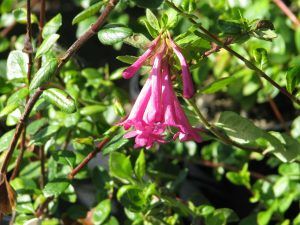 Plants in the genus Abelia can be deciduous shrubs, evergreens, or small trees, with dark green leaves and funnel- or trumpet-shaped flowers in summer and fall. They are extremely attractive to bees.
Plants in the genus Abelia can be deciduous shrubs, evergreens, or small trees, with dark green leaves and funnel- or trumpet-shaped flowers in summer and fall. They are extremely attractive to bees.
Abelia floribunda is a semi-evergreen or evergreen shrub with glossy dark leaves and contrasting clusters of bright pink, tubular flowers in early summer.
It is hardy to -10°C and can therefore withstand winters in coastal and more temperate regions of Britain, but may need protection in severe winters, or if grown further inland or in the North.
For best results, it should be planted in well-drained soil and in a sheltered location. Abelia floribunda is well suited to being grown in a large container, which can be moved indoors in the fall.
When to sow abelia floribunda?
The time that offers the best conditions for sowing, and ensuring a good development environment, is spring.
Where to plant abelia floribunda?
The location of the abelia floribunda will not be a very complex issue because it does well in direct sunlight throughout the day.
However, it does have a particular requirement and it is in terms of the winds, which should not hit it directly, especially in cold weather.
How to prepare the land?
 This is a species that gets along well with soils that are slightly acid but have good drainage capacity.
This is a species that gets along well with soils that are slightly acid but have good drainage capacity.
But the best thing is that it is not only capable of living directly on the garden, but it can also be placed in pots.
If it is necessary to improve the drainage characteristics, it can be done by incorporating a little sand and mixing.
How do we water abelia floribunda?
Irrigation is one of the most determining requirements of this species, since it will do better when it is done with rainwater.
As it is logical that there are times when access to this will not be possible, the use of running water at rest (for one night, at least) is ideal.
How often do we water?
Watering should be frequent since it is a plant that does not tolerate drought.
In summer these should not be less than three times a week, while in winter they can go down to once a week.
How to plant abelia floribunda step by step?
Abelia floribunda can be planted through two processes: air layering and cuttings.
Let’s see the step by step of each one.
Planting by air layering
- The layers will be formed with a piece of bark from an adult plant. The cut should be clean and the circumference measurement is approximately 1 centimeter.
- With the help of rooting hormones, it wets the inner part of the bark in order to make it easier for it to produce roots for the formation of a new specimen.
- Prepare a kind of container with a plastic bag that will contain moist universal substrate. Here it is important to cut the bottom of the bag and then tie it with a drawstring to ensure ventilation.
- Place the elbow and close the upper end with another piece of cord.
- Wait about two months for new roots to develop, then transplant into a pot.
Planting by Cuttings
- Take a cutting at least 30 centimeters long. This must have a semi-woody structure, so it is advisable to do it at the beginning of spring, when the plant has not yet matured that much.
- As with the layers, it is necessary to have some rooting hormone available to impregnate the base before burying in the chosen pot.
- Prepare the pot with universal substrate that is well moistened and bury the cutting up to approximately half its height.
- Place the pot in a ventilated place, preferably outside, but in the shade.
This planting method is prone to fungal attack. To avoid them, it is a good plan to spread sulfur on the surface.
In general, the time it takes to generate its own roots is one month.
What care does the abelia floribunda need?
- Keeping abelia floribunda well-nourished will help make it more vigorous and flower production better.
- The most advisable thing is to bet on organic natural fertilizers, such as manure or compost.
- The time to apply it will be between spring and summer.
- Pruning is important to ensure that the plant does not get entangled in its branches . In this way, you will be able to develop a good flowering in the next period.
- This should be done after a flowering process has finished and it is necessary to concentrate on removing the branches in poor condition.
- As it is common for many of its branches to arch, it is also a good plan to remove those that hit the ground.
- The safest thing is that this annual pruning generates numerous cuts, so safety measures must be ensured to avoid contamination.
What pests and diseases affect abelia floribunda?
In general, abelia floribunda is quite resistant to pests, although not to disease.
- Most fungi, bacteria or viruses that can affect it enter through the wounds that are generated after pruning.
- A clear example of this is powdery mildew, which produces a white layer of cottony consistency on the leaves and affects their internal processes.
- The positive part is that there are many natural treatments to deal with it, such as horsetail extract . However, prevention is best.
With all this information you will be able to enjoy this beautiful plant in your garden.
And if we take into account that it is capable of withstanding low temperatures, down to -3º C, the concerns regarding this issue will not be many.
So now it’s your turn to get down to earth!

